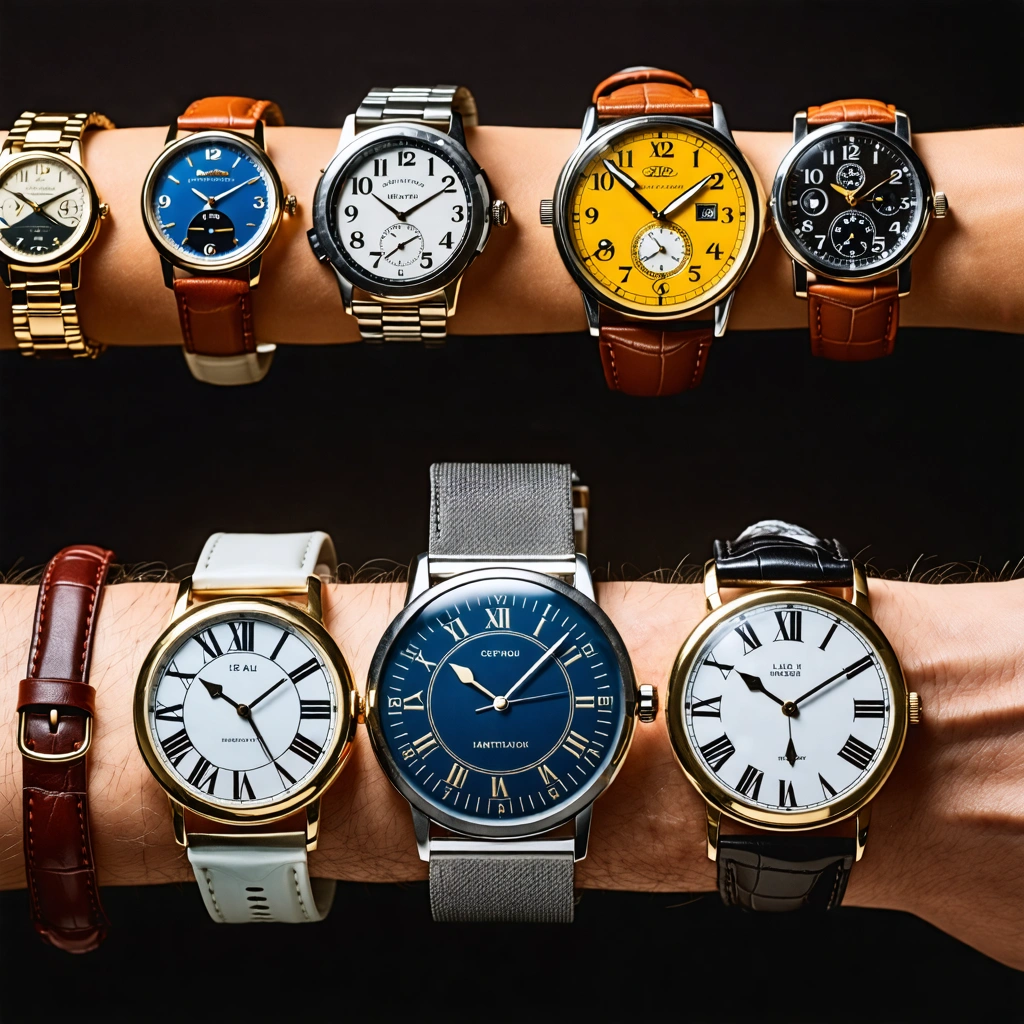
The Timeless Journey: Evolution of Wristwatches Through the Decades
Takeaways: This article takes you through the captivating history of wristwatches, highlighting key innovations, design trends, and cultural influences from the 19th century to the present day. You’ll learn about the transformation of wristwatches from utility items to statement pieces and the impact of technology on their evolution.
The Birth of Wristwatches: The 19th Century
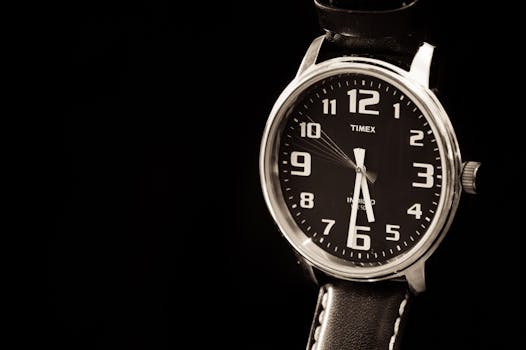
In 1868, the first wristwatch was created by Patek Philippe for Countess Koscowicz of Hungary. This marked a significant shift in how people interacted with timepieces. Although wristwatches were primarily marketed towards women, their practicality soon caught the attention of men, especially during World War I. Soldiers found wristwatches more convenient than pocket watches in combat situations, leading to a surge in their popularity.
The 1890s also saw the introduction of the first mass-produced wristwatches. Brands like Longines and Omega began producing wristwatches suitable for both men and women. These early models often featured leather straps and were relatively simple in design, focused more on functionality than aesthetics.
The Roaring Twenties: Style Meets Functionality

During this decade, brands such as Cartier and Jaeger-LeCoultre began to innovate with designs that emphasized elegance and sophistication. The iconic Cartier Tank watch, launched in 1917 but gaining popularity in the 1920s, became a symbol of luxury and style. Moreover, the introduction of the first waterproof wristwatch, the Rolex Oyster in 1926, set a new standard for durability and practicality.
The 1930s also saw the introduction of automatic movements, which eliminated the need for manual winding. This technological advancement made wristwatches more user-friendly and reliable. The combination of style and functionality during this era laid the foundation for the modern wristwatch.
The Mid-Century Revolution: 1940s to 1960s
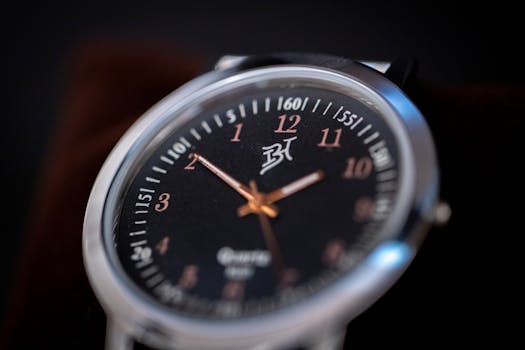
The 1950s introduced the concept of watches as fashion statements. The launch of the Rolex Submariner and the Omega Speedmaster catered to a new generation of watch enthusiasts who sought both performance and style. The Speedmaster would later gain notoriety as the first watch on the moon, further cementing the idea of wristwatches as symbols of adventure and exploration.
By the 1960s, the quartz crisis began to loom, as Japanese manufacturers like Seiko introduced affordable quartz watches that challenged the mechanical watch industry. This era was characterized by bold designs, with colorful dials and unique shapes becoming increasingly popular. The combination of affordability and accuracy made quartz watches a hit among consumers, setting the stage for the digital revolution.
The Digital Age: 1970s to 1990s
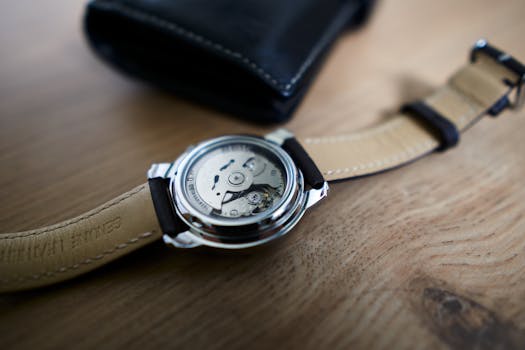
Digital watches became a cultural phenomenon in the 1970s, with brands like Casio and Timex leading the charge. These timepieces featured LED displays and a range of functionalities, including calculators and alarms. The introduction of the Swatch in the 1980s brought a wave of colorful, casual watches that appealed to a younger audience.
The 1990s saw a resurgence of mechanical watches as collectors sought vintage models. Luxury brands began to refocus on craftsmanship and heritage, leading to the revival of classic designs and the creation of limited-edition pieces. This decade marked the beginning of a new appreciation for traditional watchmaking techniques.
The 21st Century: Smartwatches and Beyond
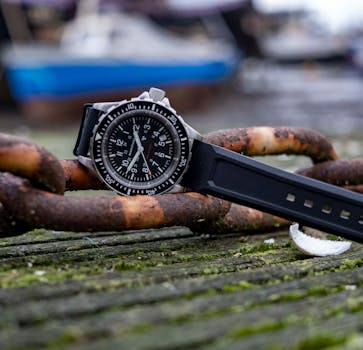
Today, brands like Apple and Samsung dominate the smartwatch market, offering devices that integrate seamlessly with smartphones. However, traditional watchmakers are also adapting, with many producing hybrid models that combine analog aesthetics with digital functionalities.
The evolution of wristwatches reflects broader societal changes, from the industrial revolution to the digital age. As we look to the future, it’s clear that wristwatches will continue to evolve, merging technology with timeless design and craftsmanship.





